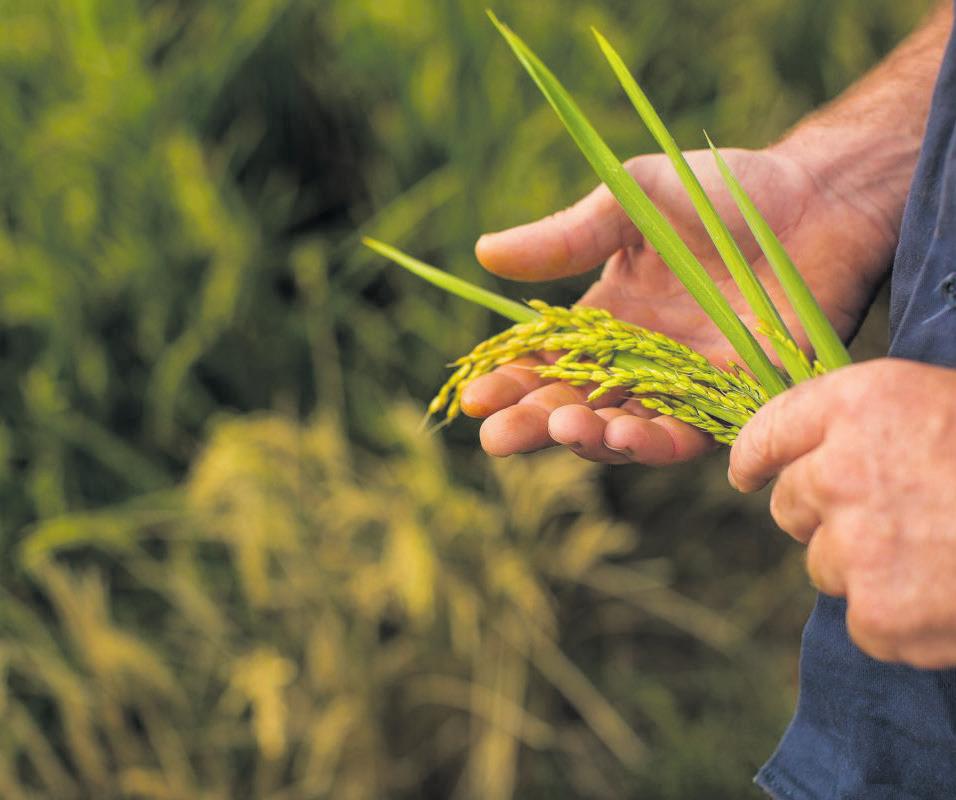
4 minute read
ATO expands data matching to ensure fair play
The Australian Taxation Office (ATO) continues to expand its datamatching capability to ensure taxpayers don’t leave out income or inflate deductions this tax time.
New data is now rolling into the ATO from property managers, landlord insurance providers, financial institutions providing loans for residential investment properties and sharing economy providers, as well as income protection policy information.
ATO Assistant Commissioner Tim Loh said ‘this isn’t a game of Guess Who, as our sophisticated data-matching programs provide us with all the clues we need to track down taxpayers with incorrect information in their tax return.’
‘We will use this information to identify and educate taxpayers who have made incorrect claims in their return, with a longer-term plan to pre-fill as much information as possible in future years,’ Mr Loh said.
Residential investment property loans and landlord insurance
The ATO’s review of income tax returns show 9 in 10 rental property owners are getting their return wrong.
Mr Loh confirmed two new data-matching protocols start this year for rental investors, including investment loan data and landlord insurance policy information.
‘Around 80% of taxpayers with rental income claimed a deduction for interest on their loan, and this is where we’re seeing mistakes. For example, you can’t refinance an investment property to buy personal items, like a holiday to Europe or a Tesla, then continue to claim the interest expenses as a tax deduction.’
With the new landlord insurance data-matching protocol, the ATO is reminding taxpayers that insurance premiums paid for rental properties can be claimed as a tax deduction. Similarly, any insurance payouts received in relation to an investment property must be reported as income.
‘This new data provides us with crucial intelligence to paint a picture of what’s true and accurate in tax returns,’ Mr Loh said.
87% of taxpayers who own rental properties use a registered tax agent to lodge their return. It is important taxpayers provide their agent with the right information to prepare their return correctly. Taxpayers are responsible for what they include in their tax return, even when using an agent.
Sharing Economy Reporting Regime (SERR)
Record numbers of taxpayers are now working multiple jobs or supplementing their income with side hustles or sharing economy activities.
The SERR starts from 1 July 2023, requiring more electronic distribution platforms to report payment information to the ATO. This will come into effect in two phases:

• electronic distribution platforms that provide taxi services, ride-sourcing, and short-term accommodation must report income data from 1 July 2023
• all other electronic distribution platforms must report from 1 July 2024.
‘While the ATO has received data from a number of digital platforms in the past, this legislative change means more platforms will be required to regularly report into the future’ Mr Loh said.
‘These new rules will give the ATO clear visibility of people who are earning income using these platforms.’
The information from platforms will be matched against what is reported in tax returns or activity statements.
Income protection
Insurance
The new income protection data-matching protocol was published this month, meaning the ATO will know premiums paid for income protection insurance policies as well as payouts received.
‘You can generally claim a deduction for income protection insurance you buy but remember you can’t claim the deduction if the insurance policy is paid by your super fund.’
‘If you receive an income protection insurance payout from either your personal insurance policy or from your super fund policy, you must include the income in your tax return,’ Mr Loh said. Ensuring a level playing field and protecting taxpayers who do the right thing is crucial.
‘We are here to help people get their tax return right the first time, but our message is clear – we’re not playing Guess Who with tax returns this year,’ Mr Loh said.
Australian unemployment drops to 8.4% in May – the lowest since September 2022 (8.1%)
In May unemployment dropped 0.1% points to 8.4%, according to the latest Roy Morgan employment series data – the fourth straight monthly drop.
Unemployment is now at its lowest since COVID-19 restrictions lifted in late 2022.
However, there was a rise in under- employment in May, up 0.9% points to 9.8%, to its highest level this year. The rise in underemployment came as part-time employment increased to 4.86 million – a fourth straight month of increases. The rising cost of living, with high inflation and increasing interest rates, are leading to more Australians in part-time employment needing to work more hours to earn a sufficient income. These people in part-time employment looking for more hours are considered underemployed – now nearly 10% of the workforce.
• Employment was down in May, but still near record highs as part-time employment increased:
Australian employment was down 107,000 to 13,707,000 in May. The drop was due to a fall in full-time employment, down 215,000 to 8,843,000, while parttime employment was up 108,000 to 4,864,000.
• Unemployment (full-time and part-time workers) dropped in May with fewer people looking for full-time and part-time work:
1,258,000 Australians were unemployed (8.4% of the workforce) in May, a decrease of 28,000 from April with fewer people looking for full-time work, down 6,000 to 514,000 and fewer people looking for part-time work, down 22,000 to 744,000.
• The workforce dropped to its lowest so far this year in May, but still up over 500,000 from a year ago: The workforce in May was 14,965,000 (down 135,000 from April) –comprised of 13,707,000 employed Australians (down 107,000) and 1,258,000 unemployed Australians looking for work (down 28,000).
• Overall unemployment and under-employment up 0.8% points in May to 18.2%:
In addition to the unemployed, 1.46 million Australians (9.8% of the workforce, up 0.9% points) were under-employed –working part-time but looking for more work, up 125,000 from April.
In total 2.72 million Australians (18.2% of the workforce) were either unemployed or under-employed in April, up by 97,000 from April.
Compared to early March 2020, before the nation-wide lockdown, in May 2023 there were more than 550,000 more Australians either unemployed or under-employed (+2.6% points) even though overall employment (13,707,000) is over 800,000 million higher than it was preCOVID-19 (12,872,000).
Roy Morgan’s unemployment figure of 8.4% is more than double the ABS estimate of 3.7% for April and is comparable to the combined ABS unemployment and under-employment figure of 9.8%.
The latest monthly figures from the ABS indicate that the people working fewer hours in April 2023 (398,600) due to illness, injury or sick leave was around 58,000 higher than the prepandemic average of the five years to April 2019 (340,880) – a difference of 57,720.
If this higher than pre-pandemic average of workers (57,720) are added to the combined ABS unemployment and under-employment figure of 1,414,000 we find a total of 1,471,200 people could be considered unemployed or underemployed equivalent to 10.2% of the workforce.
















